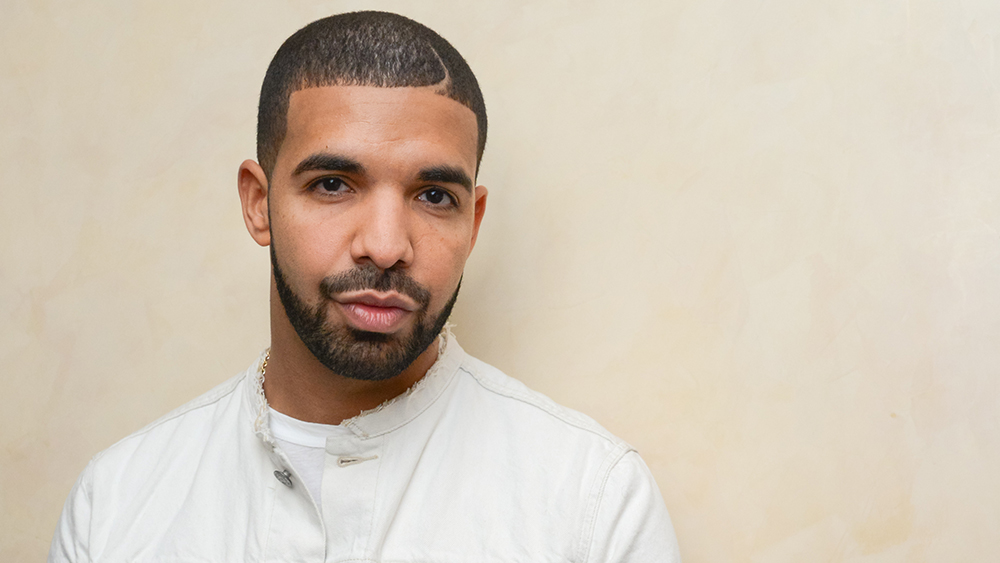Big Bank: What Drake Could Rake as a Free Agent on the Open Market
By Shirley Halperin
LOS ANGELES (Variety.com) – Drake’s June 29 release of the 25-track “Scorpion” is already well on its way to being the biggest debut of the year, with an estimated haul of 749,000 album equivalent units. That includes some 770 million total U.S. streams, dwarfing the previous record-holder, rapper Post Malone, who logged 431 million streams of his latest album “Beerbongs & Bentleys” back in April (worldwide, made history surpassing 1 billion streams in a week ).
Word is that Drake is at the end of his contractual obligations to the Young Money/Cash Money label — “Soon as this album drop I’m out of the deal,” he raps on the song “Is There More” — which is distributed through Universal Music Group’s Republic Records. And a well-placed source tells Variety that when Drake signs his next deal, he’ll have another release ready to drop to accompany the news.
Says music attorney Dina LaPolt, whose LaPolt Law firm represents Britney Spears and Aerosmith’s Steven Tyler: “Drake has the bargaining power to negotiate a net profit split with the best deal terms and a humongous advance up front.” So what would a Drake deal on the open market look like? Here are a few ways it could go.
Deal type: Direct to DSP
Rather than signing with a record company, Drake could ink directly with a streaming service like Spotify or Apple Music, in an arrangement similar to that of Frank Ocean’s 2016 album “Blonde,” which was initially available exclusively for streaming and download on Apple Music. Drake’s deal would not have to be exclusive beyond a given window — he could cut separate arrangements with other digital service providers — and pact with a label of his choosing for physical product. Drake’s stature could also allow him to make a more favorable deal than most artists, possibly for as much as 70% of revenue.
PROS: The worldwide momentum of an “event” release; potentially tens of millions of dollars in marketing spend; ownership of master recording; greater percentage of revenue for the artist.
CONS: Limited power of promotion, particularly to traditional formats like radio, which remains “the biggest market trigger in the U.S.,” says LaPolt; an exclusive seal could alienate other services and their users — as UMG chairman Lucian Grainge noted when he banned exclusives from the company after the Ocean-Apple deal. “Exclusives are bad for business.”
Deal type: Major Label
According to high-ranking label executives, Drake could easily command a per-album advance of $15 million to $20 million. Historically, only superstar artists like Whitney Houston ($100 million for five albums, signed in 2001) and, Bruce Springsteen ($150 million for seven albums in 2005) have received such sums. In hip-hop, Lil Wayne, also signed to , has gotten top dollar — $150 million four albums in 2012. Drake, who has his own label, OVO, could also go through that imprint and its distribution partnership with Warner Bros. Records. “Or he can go through an independent like Empire, which would be huge,” says LaPolt. Worth noting: the late XXXTentacion reportedly inked a $10 million album deal with Empire before his June 18 death.
PROS: Marketing and promotion teams dedicated to your project; A major’s ability to scale. Says one label insider: “You need to have deep pockets and a big machine; music is about the long game.”
CONS: All advances are recoupable against future earnings and based on massive consumption both out the gate and over the life of the contract.
Deal type: Touring Package
It’s been a while since Live Nation has backed an artist’s recorded output with a touring deal, but Drake is could be a more ideal candidate for such a package, which typically includes advances based on box office projections and bundling opportunities. The last noteworthy signings to Live Nation include Jay-Z in 2008 ($150 million for a 10-year deal) and Justin Timberlake in 2013. In 2017, Drake earned a per-show gross of $1.1 million via based on average sales of 13,303 tickets, according to Pollstar . In May, he announced an expansive tour with Migos .
PROS: The healthiest sector of the music industry has been touring, making the venue operator-promoter-artist partnership the least risky; Advances are cross-collateralized against all revenue streams so it’s easier for an artist with a solid touring track record – like Drake, whose attendance numbers are consistently over 90% of a venue’s capacity with many arena sellouts – to recoup and start earning.
CONS: Historically, Live Nation has had little success with the model and found itself weak on distribution, promotion and exploitation of an artist’s recorded work.

